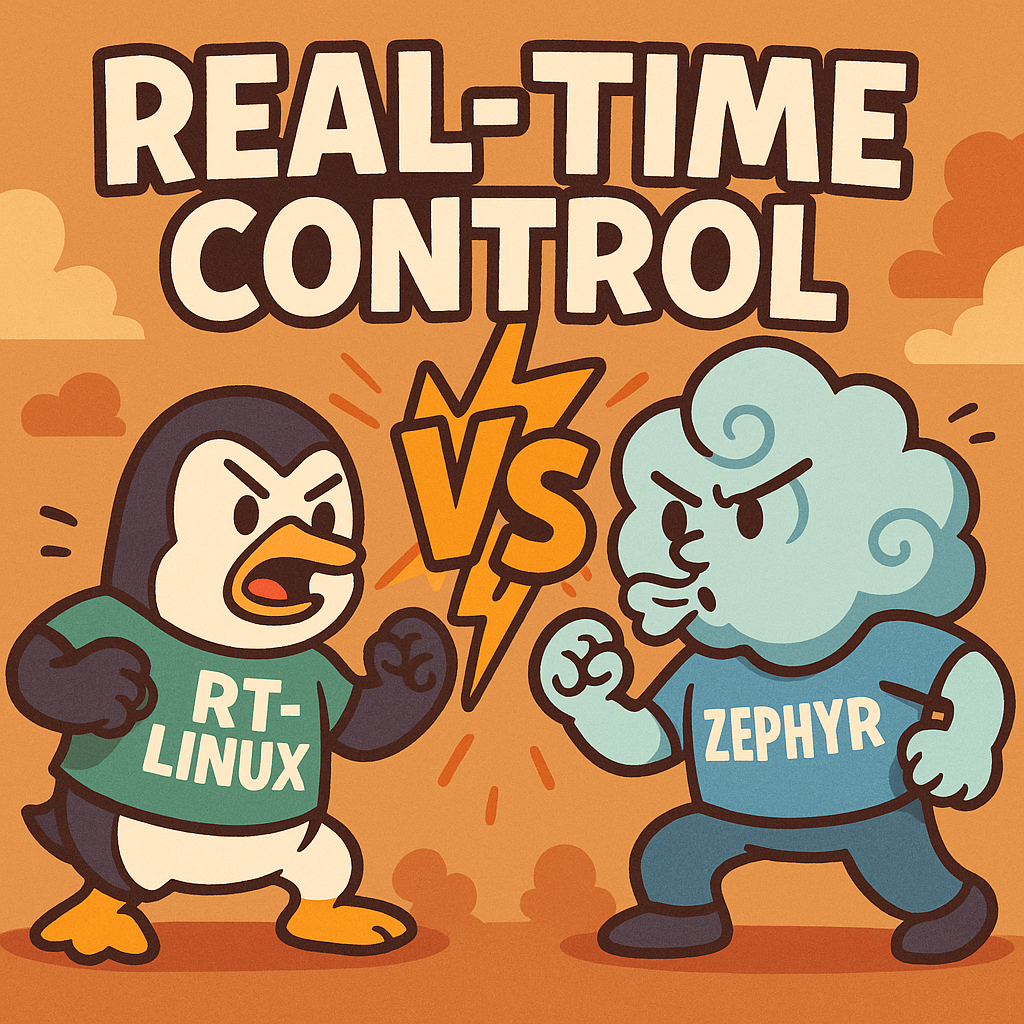Understanding RT-Linux and Zephyr in Real-Time Control Loops
In the rapidly evolving landscape of automated packaging machinery, the choice of an operating system can significantly impact performance and reliability, especially when implementing real-time control loops. Two contenders frequently examined in this domain are RT-Linux and Zephyr. Each platform offers unique advantages and challenges, tailored to different project requirements and constraints.
RT-Linux: The Established Actor
RT-Linux enhances the standard Linux kernel with real-time capabilities, allowing for deterministic response times essential for time-sensitive tasks. It operates by preempting regular Linux processes, ensuring that critical threads can execute with minimal latency.
One of the key strengths of RT-Linux lies in its ability to leverage the extensive ecosystem of Linux. This means developers can utilize a rich library of existing software and drivers, making integration with various hardware components relatively straightforward. However, this advantage is coupled with complexity; the intricacies of managing real-time priorities amidst a non-real-time operating environment can lead to challenges in system stability.
Hardware and Performance Considerations
When designing an automated packaging system, selecting the appropriate hardware is critical. RT-Linux typically runs on x86 architectures, but with careful consideration, ARM-based platforms can also be configured for real-time applications. The choice of hardware influences the control loop’s performance, particularly regarding CPU speed and resource availability.
Real-world applications highlight instances where a dual-core ARM processor can efficiently handle multiple real-time threads, allowing for smoother operation of control loops managing conveyor belts and robotic arms. However, the overhead of context switching and task scheduling in RT-Linux can introduce latencies that become problematic in tightly coupled systems requiring high-frequency updates.
Zephyr: The Lightweight Contender
In contrast, Zephyr is a microcontroller-focused real-time operating system that promotes a minimalist approach. Designed for resource-constrained environments, Zephyr operates with a small footprint, making it ideal for direct integration with embedded hardware.
The advantage of Zephyr is its inherent design for real-time applications. With a preemptive kernel and support for multi-threading, it offers deterministic behavior right out of the box. This characteristic is particularly beneficial when implementing control loops in automated packaging machinery, where timing is critical. For example, managing the synchronization of various components, such as sensors and actuators, can be handled more predictably with Zephyr’s architecture.
Design Trade-offs: Performance vs. Complexity
When deciding between RT-Linux and Zephyr, engineers must navigate a series of trade-offs. RT-Linux’s rich ecosystem may lead to faster development cycles due to available libraries and tools, but this comes at the cost of added complexity and potential performance bottlenecks. In contrast, Zephyr’s lightweight nature allows for highly efficient real-time performance, but developers may face limitations in terms of available libraries and community support.
- Development Speed vs. Performance: RT-Linux might offer quicker development due to its Linux base, yet Zephyr can provide more consistent real-time performance.
- Resource Utilization: Zephyr is optimized for lower-resource devices; if your machinery demands high processing power, RT-Linux may be more suitable.
- Scalability: For systems expected to evolve, RT-Linux’s compatibility with various hardware may offer a better pathway for future upgrades.
Challenges in Real-Time Control Loop Implementation
One of the primary challenges encountered in automated packaging machinery is ensuring synchronization among multiple devices, such as sensors that detect packaging errors and actuators that adjust machinery settings. In RT-Linux, achieving this synchronization can be complex due to the non-deterministic nature of the standard Linux kernel, necessitating careful design to prevent priority inversion and other timing issues.
Zephyr, on the other hand, naturally accommodates such requirements due to its real-time capabilities and built-in support for inter-thread communication. However, developers must be vigilant about the limited resources available on many embedded systems, potentially requiring innovative solutions to optimize memory usage without sacrificing performance.
Innovative Solutions and Design Decisions
To tackle synchronization issues in RT-Linux, developers might employ advanced scheduling techniques or leverage real-time patches, but these solutions can complicate the software stack. In contrast, using Zephyr may lead to simpler designs that still meet stringent timing requirements, albeit at the cost of having fewer high-level abstractions and potentially longer development cycles for complex features.
Ultimately, the choice between RT-Linux and Zephyr hinges on the specific requirements of the packaging machinery being developed. Factors such as the complexity of the control loops, the need for extensive peripheral support, and the processing capabilities of the chosen hardware will drive the decision-making process.



